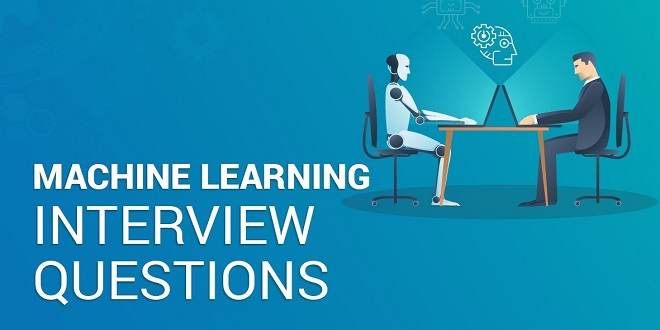
Be authentic
Regrettably, employees view bosses through a distorted lens. Bosses are nonhuman, devoid of feelings, android, plug in at night. It gives employees an excuse to downplay their boss’s good side and exaggerate his bad. Then, when job frustration hits critical mass, they can justifiably check out emotionally. Unfair as it is, there’s a reason: Too many business owners perpetuate the stereotype. Forget the notion that signs of emotion or fallibility are unprofessional. My relationships with employees grew healthier when I started admitting mistakes, revealing more of the real me, and being more caring. Never doubt the paradoxical power of vulnerability.
Project a positive image
An egomaniac inspires a lot of feelings, but loyalty and passion aren’t among them. If he’s followed, it’s only reluctantly. Ditto negative, insecure leaders. An enlightened entrepreneur projects the right mix of confidence and humility. She’s serious about life and work but doesn’t take herself too seriously. “Tom carries a pretty good- size ego,” observed Trent Stoner, our director of public relations and marketing. “But at the same time, he’s so giving and caring that it doesn’t put people off in any way. Tom leads with his mind and his heart.”
Beware your impact
I still remember the huge crush I had on Linda Harness in high school. No clue was too minor to crack the case on whether she liked me or, you know, liked me. Did she smile? Was she looking over my shoulder when we talked? Like it or not, that’s how your employees think of bosses (minus the romantic part, I hope). It’s not fair, and it may even be a bit odd, but that’s reality—one wrong look from the boss can ruin someone’s day. It’s a fault line to keep an eye on, but there are limits to your vigilance.
Snoop like Columbo
Enlightened entrepreneurs root out the truth like a gumshoe. If key details are missing, you can’t make the right choice, solve the big problem, and launch the stinger strategy. When employees told me things were fi ne, I dug deeper: “Anything I can help you with?” “If you ran things, what would you do differently?” Sooner or later, the answers spilled out. “When Tom hit the field, we’d do everything in our power to make sure the stores were firing on all cylinders,” said Jim Pascale, a regional manager in Iowa. Before one of my visits, Jim asked all his store personnel—over and over—the questions I typically asked. “Sure enough,” Jim recalled, “Tom ended up asking many of the same questions I had. But he got twenty new answers!”
Practice the accordion
he best decisions emerge from a process that’s neither exclusively top-down (leader calling the shots) nor bottom- up (rank- and- file referendum). It’s got to be a collaborative effort I call “the accordion.” You can argue that top-down decisions are smarter because upper management commands a broader view of economic, cultural, and mission-related facts. Yet management is too often out to lunch on the down and dirty details, if only because employees hate delivering bad news. The remedy: raw Intel, gathered from as many sources as possible. I’d tell people, “If something needs to be said, don’t minimize it or dramatize it. Just flat-out say it.”
Last word
My first day at Shell Oil in Chicago was electrifying. I was twenty-one and ready to take on the world. I wanted just one word to come to mind when my boss thought of my performance: spectacular. I never lost the desire to do great work, but, bit by bit, a bloated bureaucracy and stifling daily routines blunted my gung-ho edge. Naïve as I was, it was obvious to me that a company’s procedures and systems have got to be user-friendly. I also learned not to jerk people from one can’t-wait- another-minute project to the next, and not to call a meeting unless I absolutely had to. People can’t soar when they’re bogged down in systemic sludge.
Making an informed decision is crucial when considering Vidmate old version. Benefits include familiarity and stability. Drawbacks may involve security risks and lack of updates. Evaluate your needs carefully before choosing. Ensure compatibility with your device and consider potential risks. Ultimately, the decision rests on your priorities. Balance the advantages and disadvantages to make the best choice.




